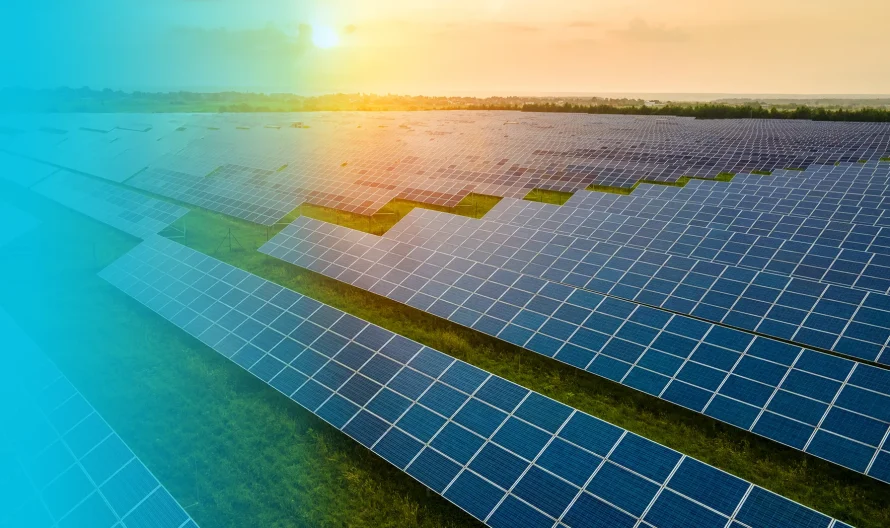Jovian Xu has spent over a decade in the solar industry, navigating roles in supply chain, procurement, and business development. Throughout it all, one thing has remained constant: the pressure never stops. She has seen firsthand how manufacturers are constantly squeezed, facing demands for lower costs, unstable supply chains, increasing regulatory scrutiny and relentless competition. For every challenge resolved, another quickly takes its place. Believing that the way forward on this ‘solar coaster’ lies in rethinking how solar panels are made and the materials used, she made a clear choice: she joined Endurans Solar to be part of the change.
Author: Jovian Xu – Director of Business Development, Global Supplier Chain
The Reality Facing U.S. Module Manufacturers
Let’s not sugarcoat it: manufacturing solar modules in the U.S. is tougher than ever. On the surface, it looks like we are in a golden age, demand is higher than ever, the Inflation Reduction Act (IRA) is injecting billions into the industry, and tariffs are incentivizing local production. But behind the scenes, there is a supply chain war happening.
● Tariffs and the unpredictable supply of components are making it harder to source essential materials, increasing costs and forcing manufacturers to rethink where they buy backsheets, frames, and encapsulants.
● Regulations are tightening, with inevitable restrictions on toxins and non-recyclable materials, meaning manufacturers are facing a future compliance headache.
● Price pressure is relentless. Buyers want the lowest cost, but they also want durability, high performance, and a 25+ year guarantee, which means cutting corners on materials is a high risk strategy.
In my roles in procurement and supply chain, I have seen how the wrong component choice, especially on something as critical as a backsheet, can cause massive field failures, warranty claims, and financial losses. If the backsheet fails, the entire module is worthless. That is why every material in the BOM (bill of materials) matters. And right now, manufacturers need a backsheet solution that delivers long-term reliability, streamlines production, and meets sustainability standards, without adding cost or complexity.
Why I Believe in Endurans and the HPO Platform
When I first came across Endurans Solar, I immediately recognized the significance of what they were doing. Their DNA is innovating high performance materials. As a result, their HPO platform is not just another backsheet, it’s a next-generation material solution designed for the realities of modern solar manufacturing. From residential to utility projects, every type and format of module will benefit from backsheets made on the HPO materials platform. It eliminates the biggest pain points of traditional backsheets while delivering equal or better performance.
1. Stronger & More Reliable: No more delamination, no microcracking, no moisture issues, just long-term protection built for 25+ years of performance.
2. An Efficient, Predictable, Long Term Solution: The HPO platform backsheets are made from widely available polyolefins, and use a single-step co-extrusion process for a simpler construction and fewer defects. This results in faster and more efficient manufacturing today, and a future with predictable supply and performance..
3. Backsheets for Circular Module Design: Made without fluoropolymers, HPO backsheets are 100% recyclable so manufacturers can scale production without worrying about future end of life compliance and waste stream penalties.
At Silfab Solar, I spent years optimizing supply chains, cutting costs, and ensuring high-quality component selection. I know what manufacturers need in a component partner: reliability, innovation, and a no-nonsense approach to materials that work.
That is why I joined Endurans Solar. This is not just about better backsheets, it is about making sure every solar module produced in the U.S. is built to last, cost less to manufacture, and meets the next generation of sustainability standards.
If you are a manufacturer, or solar farm investor you already know the stakes. How are you reducing your BOM costs, eliminating module damage and failure risks, and ensuring compliance with the regulations coming down the pipeline?
Let’s connect. Just real solutions on how to build better solar modules.

